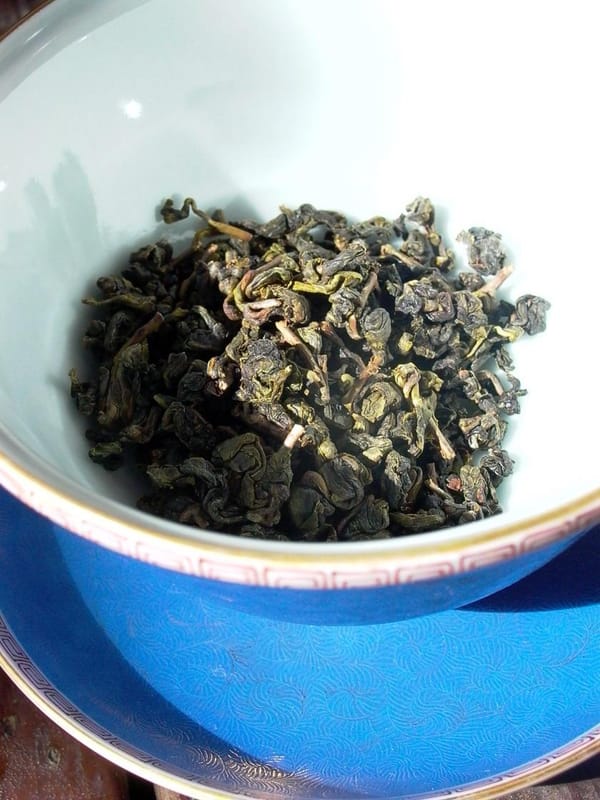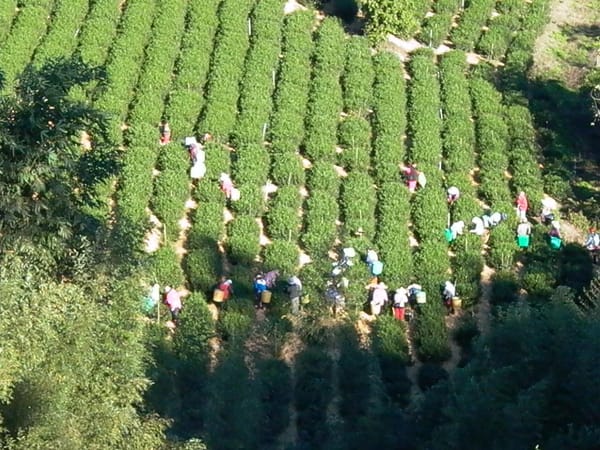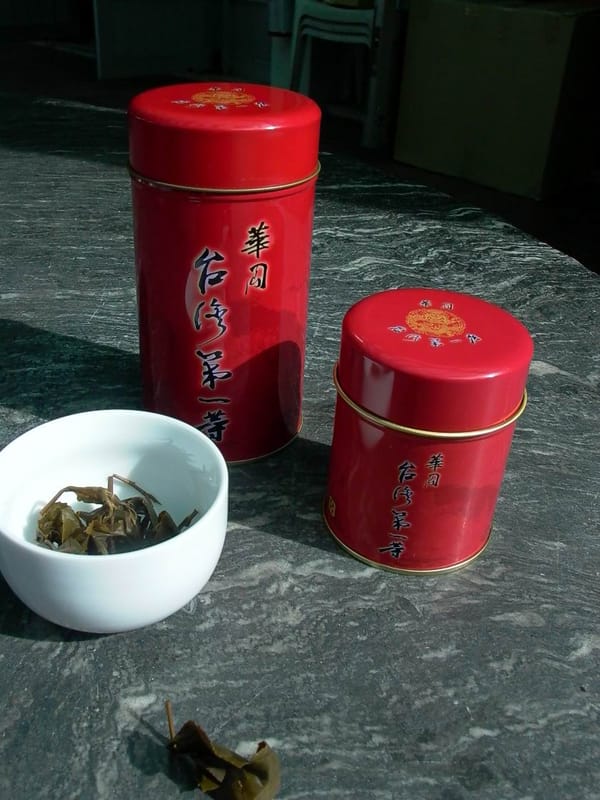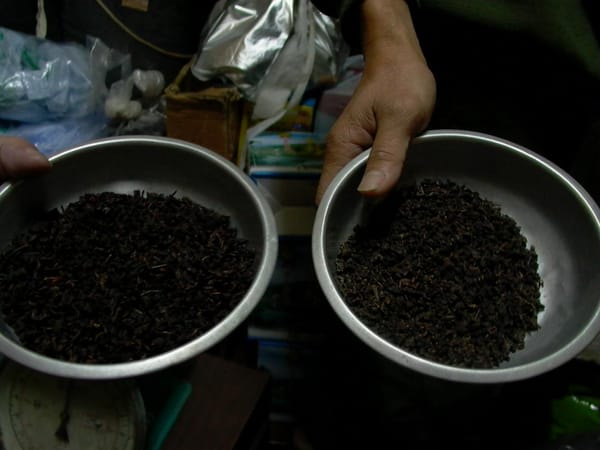Dongding Oolong Tea should be stored in a sealed container, kept in a cool and dry place, away from moisture and foreign odors. Compared with lightly fermented high mountain oolong teas, Dongding Tea is produced with a medium-fermentation process, making it more stable and durable during storage.
Sealed and Light-Proof Storage is Key
Dongding Oolong must be kept airtight to prevent absorption of moisture and external odors. Tea leaves are highly absorbent and can easily pick up surrounding smells. If stored in damp environments, they may develop a musty odor, while contact with scented packaging materials can lead to off-flavors that directly affect the tea’s quality.
For best results, use aluminum foil bags or airtight canisters. Modern techniques such as vacuum-sealing, nitrogen flushing, or adding oxygen absorbers further enhance preservation. Direct sunlight should be avoided, as prolonged exposure will cause “sunlight taint,” degrading the aroma and flavor of the tea.
Choosing the Right Storage Environment
The storage space should remain cool, dry, and stable without sudden temperature fluctuations. Tea leaves can deteriorate quickly in high heat, while humidity can cause mold. Ideally, storage should be below room temperature with well-controlled humidity.
Do not store tea in kitchens where grease and smoke are present, nor near perfumes, cosmetics, or other strong-smelling items. Poor farm management or low-quality organic fertilizers can also impart unwanted odors, so choosing quality tea from the start is equally important.
The Storage Advantage of Medium Fermentation
Dongding Oolong is crafted through traditional medium-fermentation, which gives it superior storage stability compared to lightly fermented teas. During fermentation, tea polyphenols undergo partial oxidation, forming more stable compounds that resist deterioration. Lightly fermented teas, by contrast, tend to degrade more quickly if stored improperly.
This is one reason why consumer preferences have shifted from highly fragrant but delicate high-mountain varieties like Jinxuan, back to sturdier oolong types such as Dongding. Its medium fermentation makes it more resilient and longer-lasting under proper storage.
Portioning for Better Freshness
It is recommended to divide large tea packages into smaller portions. This reduces repeated exposure to air and helps maintain freshness. Only open what you need each time, and consume opened tea as soon as possible.
For long-term storage of unopened tea, refrigeration can be considered. However, remember to let the tea return to room temperature before opening, to avoid condensation that could harm the tea quality.





